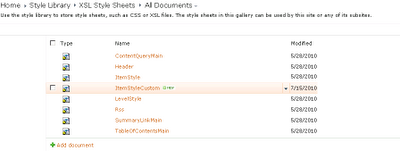Overview: SSRS has it's place but I want to gather reports from a composite application where data is stored in SharePoint lists.
Solutions:
OOTB web parts - UI may be tricky to get right but useful for quick reporting that can be performed by power users for general business users. Use filter, List View (XLVWP), CQWP, data View, chart web parts.
Custom Web parts - either write or buy web parts for querying lists. Custom CAML queries provide a solution to display data. Con is that it's pretty development heavy, inflexible and requires code deployment. SPMetal has issues with joins, publish columns and hidden columns such as "Created by". Also see Ninetix reporting.
Dataviews - Displaying list data using SPD - need SPD access. Joining 2 lists.
Giles Hamson has a good chart explaining reporting options.
Solutions:
OOTB web parts - UI may be tricky to get right but useful for quick reporting that can be performed by power users for general business users. Use filter, List View (XLVWP), CQWP, data View, chart web parts.
Custom Web parts - either write or buy web parts for querying lists. Custom CAML queries provide a solution to display data. Con is that it's pretty development heavy, inflexible and requires code deployment. SPMetal has issues with joins, publish columns and hidden columns such as "Created by". Also see Ninetix reporting.
Dataviews - Displaying list data using SPD - need SPD access. Joining 2 lists.
Giles Hamson has a good chart explaining reporting options.



